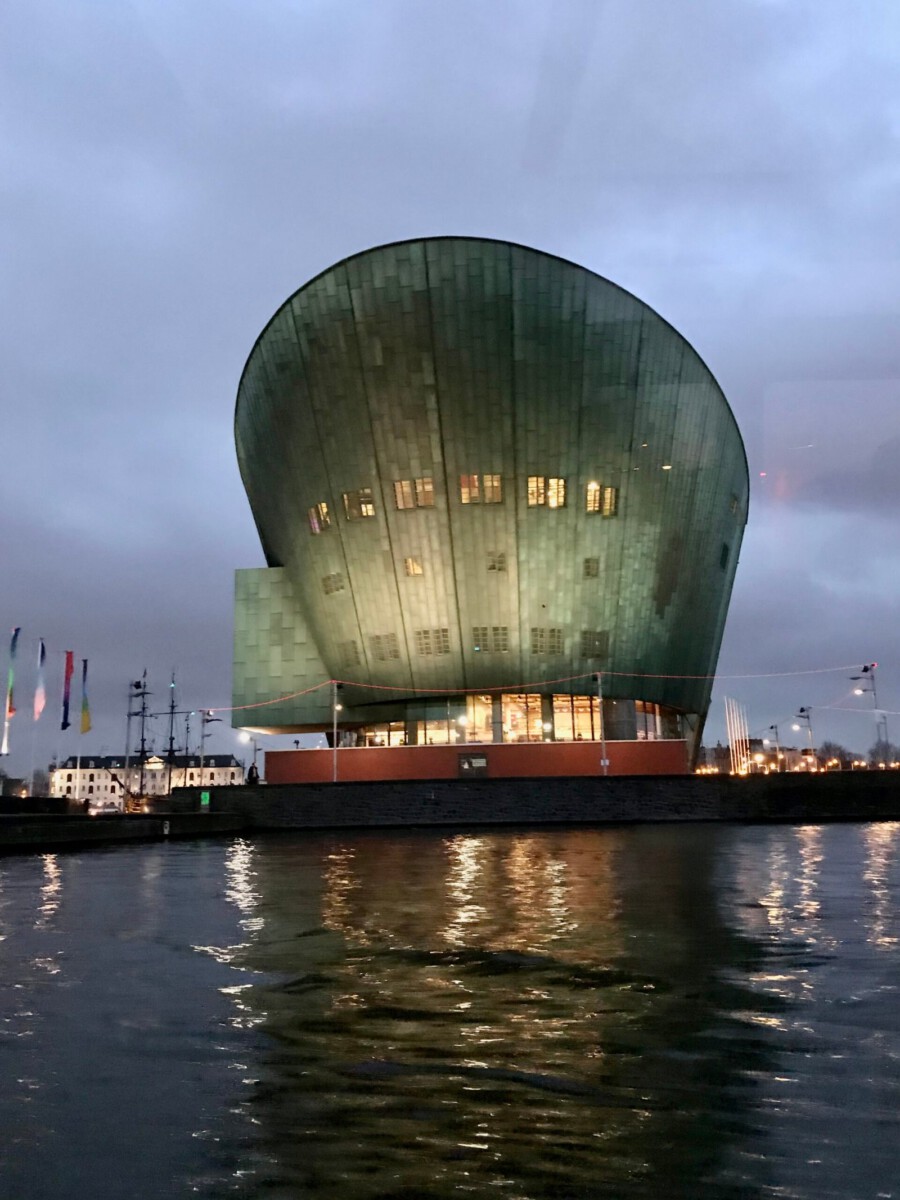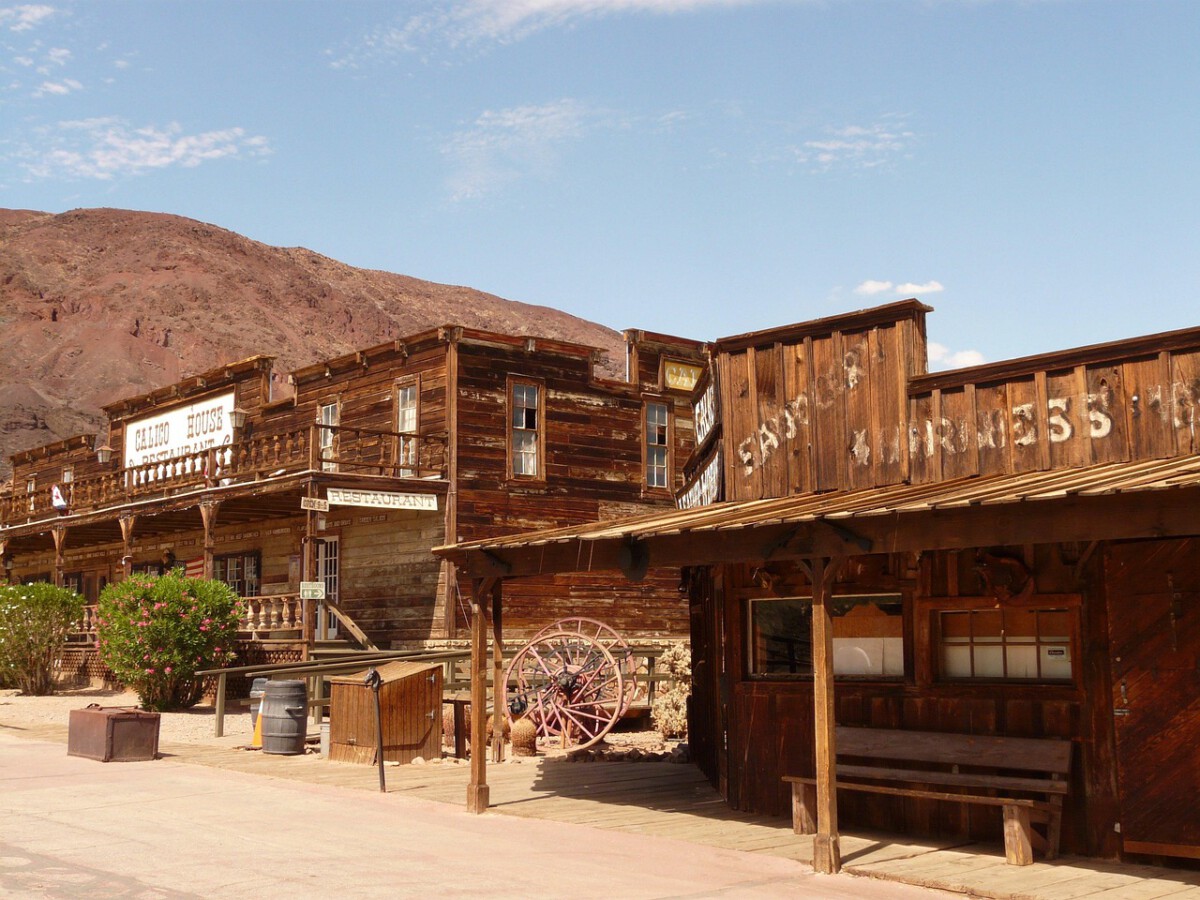Environmental Concerns

Urban tourism in the Netherlands has raised significant environmental red flags, particularly regarding carbon emissions. According to a 2024 analysis by the Dutch Ministry of Infrastructure and Water Management, tourism accounts for nearly 30% of urban emissions in major cities. The sheer volume of flights, buses, and rental cars used by tourists has contributed to rising air pollution and higher greenhouse gas levels. In response, the Dutch government has launched initiatives to promote eco-friendly travel, such as encouraging train journeys over short-haul flights and expanding cycling infrastructure. Efforts have also been made to educate tourists about minimizing waste and respecting protected green spaces. The city of Rotterdam, for example, recently adopted a “Green City” credentialing system for hotels and attractions that meet strict sustainability criteria. These measures aim to safeguard the country’s unique urban ecosystems while setting an example for responsible tourism management.
Quality of Life for Residents

The impact of mass tourism on the daily lives of Dutch citizens has become a central issue in policymaking. In 2023, an Amsterdam Residents Association survey found that 65% of locals believe tourism has directly worsened their quality of life. Major complaints include rising noise levels late into the night, escalating rental prices due to the surge in short-term vacation rentals, and the loss of beloved local shops replaced by souvenir stores or fast-food chains aimed at tourists. Many lifelong residents feel their neighborhoods are losing their unique character and sense of community. In response, the Amsterdam city council has tightened regulations on short-stay rentals, capping the number of permits and limiting rental days per year. Other cities, like Utrecht and The Hague, have followed suit, prioritizing the needs of locals in their urban planning efforts. These changes reflect a growing awareness that unchecked tourism growth comes at a real, human cost.
Economic Shifts in Tourism Strategy

The Dutch government has begun to shift its tourism strategy from focusing on the sheer number of visitors to targeting higher-value guests who contribute more to the economy without overwhelming city infrastructure. Recent findings from the Netherlands Bureau for Economic Policy Analysis reveal that high-value tourists spend on average 40% more per visit than mass-market travelers. As a result, new marketing campaigns are now aimed at attracting cultural enthusiasts, conference delegates, and eco-conscious travelers rather than party-oriented vacationers. The city of Amsterdam has even launched a “Enjoy & Respect” campaign, urging visitors to engage with local culture respectfully and spend more time at museums, galleries, and restaurants. This recalibration also includes the introduction of tourist taxes on short-term stays, which are being reinvested in community projects and public services. The goal is to ensure that tourism adds meaningful value for both visitors and residents.
The Role of Technology in Managing Tourism

Dutch cities are increasingly turning to technology to address the challenges of overtourism. Amsterdam has rolled out a smart tourism platform that uses real-time data to monitor visitor flows and predict congestion hotspots. Sensors placed in busy districts collect information on foot traffic, which city planners use to deploy crowd control measures or redirect tourists to quieter areas. Mobile apps, such as the “Discover Amsterdam” guide, provide visitors with up-to-the-minute updates on crowd levels at major attractions, suggesting alternative sites when certain locations become too busy. Rotterdam is piloting augmented reality tours that allow tourists to explore the city’s history without physically crowding popular sites. These digital innovations are helping cities manage visitor numbers more efficiently, reduce strain on infrastructure, and enhance the overall experience for both tourists and locals.
Local Government Initiatives

Local governments across the Netherlands have implemented a range of proactive policies to curb the negative effects of overtourism. Amsterdam has introduced strict caps on the number of river cruises and buses allowed in the city center, as well as restricting new hotel developments in saturated neighborhoods. Utrecht has invested in preservation efforts for historic sites, limiting visitor numbers during peak periods to prevent damage and degradation. Public awareness campaigns have been launched to educate tourists about local customs, noise ordinances, and waste disposal. These efforts are supported by city-wide collaborations between government offices, hospitality businesses, and resident associations. In recent months, cities have also experimented with dynamic pricing for key attractions to manage demand and generate additional revenue for public amenities.
Promoting Regional Tourism

To ease the burden on its most popular cities, the Netherlands has launched a concerted effort to promote regional tourism. Government funding has been directed towards developing infrastructure and attractions in lesser-known provinces such as Friesland, Zeeland, and Drenthe. Friesland, in particular, has seen a 15% year-over-year increase in visitors since launching its “Discover Friesland” campaign, which highlights local traditions, water sports, and UNESCO-listed sites. These regions offer tourists a more relaxed, authentic Dutch experience while reducing pressure on urban centers. Marketing initiatives are also encouraging international visitors to fly into regional airports or travel by train, further dispersing tourist flows. This strategy supports smaller towns and rural economies, providing a more balanced distribution of tourism benefits across the country.
Community Involvement in Tourism Planning

The Netherlands has placed a strong emphasis on involving local communities in shaping tourism policy. Public consultations, forums, and workshops are regularly organized in cities like Amsterdam and Rotterdam to gather input from residents, business owners, and cultural organizations. These sessions have led to the co-creation of new guidelines on short-term rentals, noise control, and the preservation of local heritage. For example, Amsterdam’s “City in Balance” program invites residents to submit proposals for improving their neighborhoods, which are then funded through tourism levies. This collaborative approach ensures that tourism development reflects community values and needs while fostering a sense of ownership among the local population. It is widely seen as a model for participatory urban planning in the international tourism sector.
Future Outlook for Dutch Tourism

Dutch authorities are committed to building a sustainable tourism model that prioritizes community well-being and environmental preservation. Ongoing efforts include refining visitor caps, investing in green infrastructure, and rolling out nationwide campaigns to encourage off-peak and regional travel. Technology will continue to play a key role in monitoring and managing tourist flows, while local governments remain vigilant in balancing economic gains with social and ecological impacts. The focus on quality over quantity is already yielding results, with resident satisfaction metrics improving in pilot neighborhoods and overall tourist spending per capita on the rise. The Netherlands is positioning itself as a leader in responsible tourism, setting a precedent for other countries navigating similar challenges.







